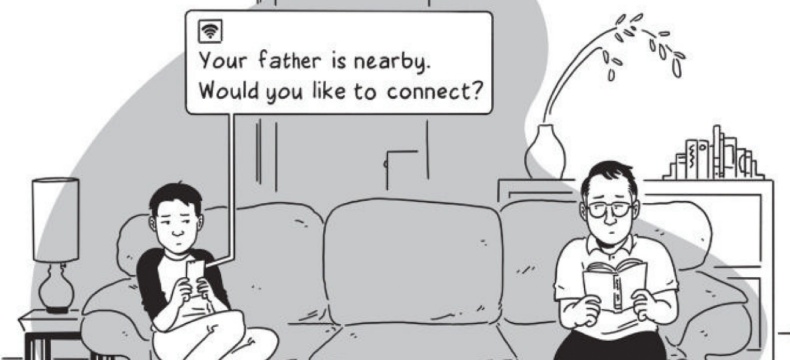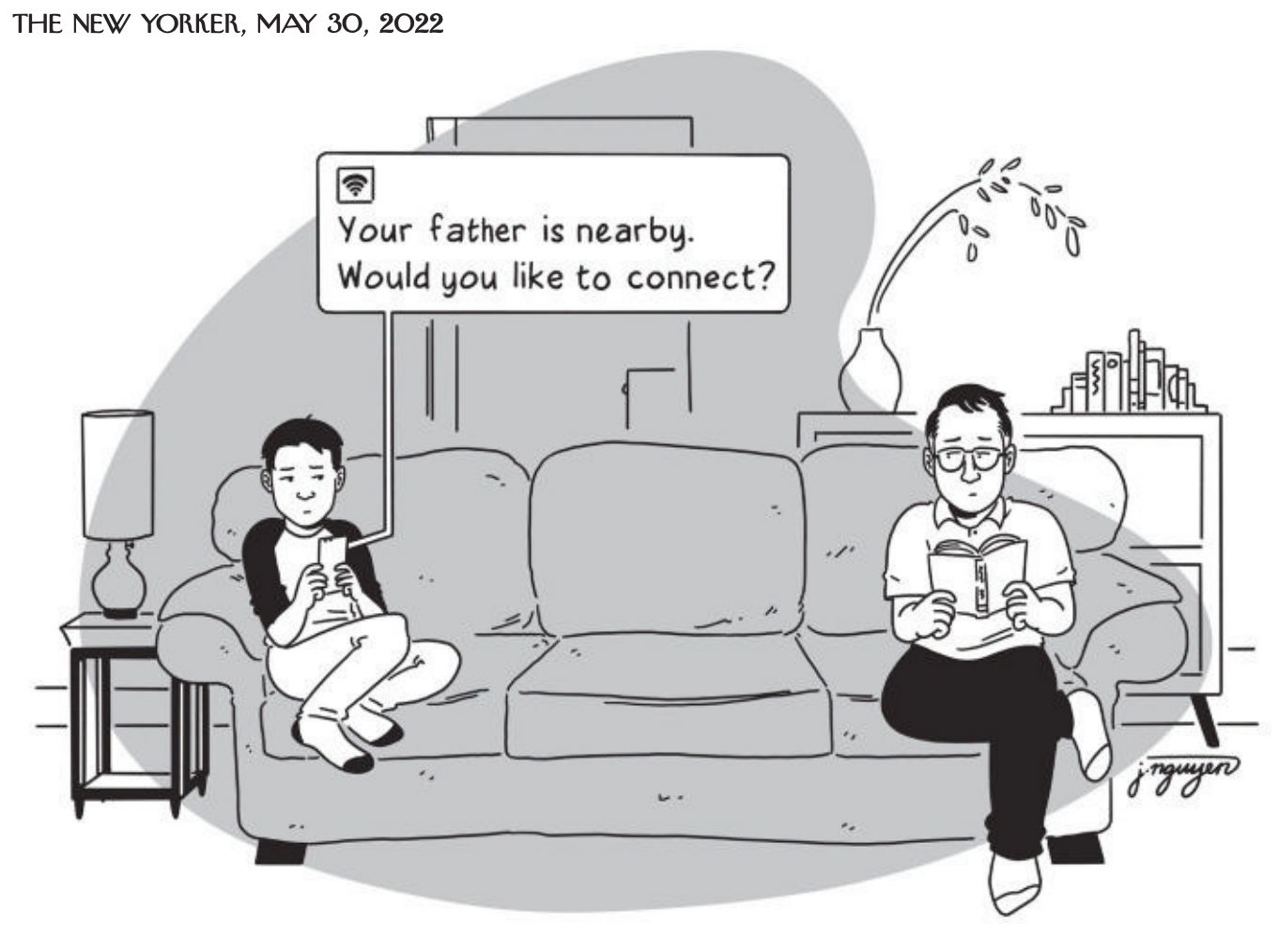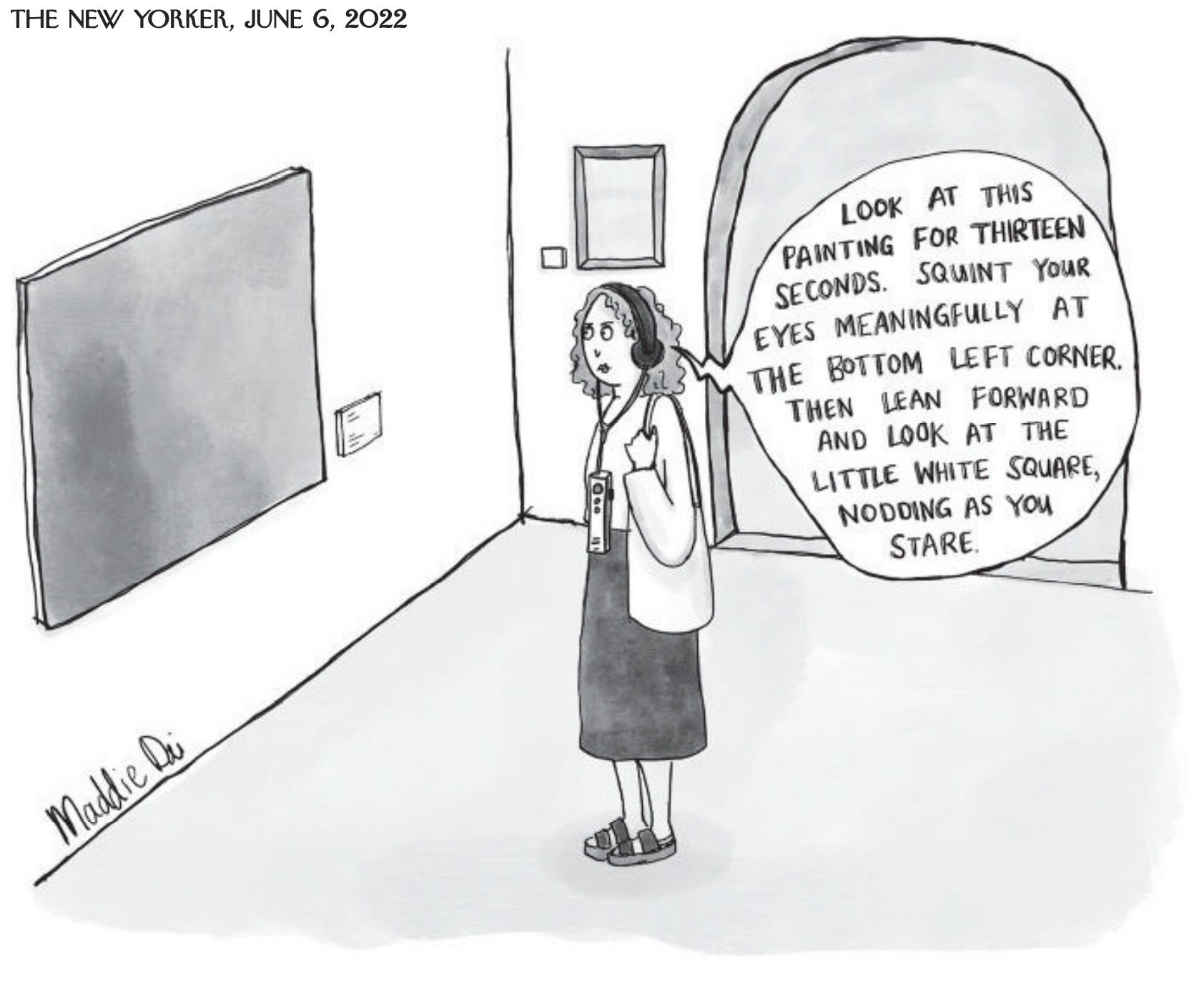
How do you manage to remember the birthdays of your friends these days?
I still remember having a diary to make notes of birthdays, anniversaries, and other important dates so that I can buy greeting cards and send them. This was, obviously, more than a decade ago 🙂
I may have stopped using all this around the 2010s when the internet, and smartphones, became a regular and integral part of our everyday lives. Now, I don’t even know, by heart, any phone numbers besides my wife’s and home number.
So, to answer that question: do you get alerted by Facebook about your friends’ birthdays? Or, do you remember the birthday through your social media timeline or WhatsApp chats after seeing other common friends wishing that friend?
It doesn’t really how you remember a birthday or anniversary – what truly matters is what you do after remembering it.
We are now seeking the help of technology for the most common things.
Weather is now on the phone, not looking out at the sky 🙂
‘Know that person’ is now ‘following that person on a social platform’ and not ‘we have met and know each other’.
Birthday wishes are now ‘HBD’ on a social media platform wall, not a phone call, and most definitely not a printed greeting card.
Employee recognition is sharing a LinkedIn post with the ‘Give Kudos’ template.
But it’s not all bad. The way we do things has changed, but some of it is more out of convenience, and it’s understandable.
But let me split the actions into 2 buckets for the sake of making a specific point.
Bucket A is technology augmenting our memory and/or our awareness of our surroundings.
Bucket B is technology augmenting our actions.
Bucket A includes all those phone numbers, birthdays, etc. We do not need to write them down, we don’t need to remember them anymore. It also includes technology informing us of the weather, or telling us that someone we know is nearby.
Exhibit A (courtesy: The New Yorker):

Bucket B is what this post is about!
To explain that, let me start with a personal story that I’m a bit sheepish of and have never shared in public.
I reconnected with a schoolmate a few years ago after I was inducted into one of my school’s WhatsApp Groups. And because I was meeting (virtually inside the group) so many of my classmates from nearly 3 decades ago, some of them called me and we spoke, reminiscing over the good old days. Many of them messaged me too on WhatsApp, instead of calling, and I also connected with many of them on Facebook – in Facebook parlance, I ‘friended’ them.
One year after this happened, Facebook alerted me about the birthday of one such ‘friend’. So I messaged him my birthday wish via WhatsApp and also added a note enquiring about his wife and daughter by name since it was early COVID time then.
He called a few minutes later and we spoke, and he added that he was genuinely touched that I remembered his daughter’s and wife’s names after a full year.
The part I did not inform him—and a bit sheepish about, in hindsight, now—is that he had messaged me their names on WhatsApp and when I messaged him on his birthday, they were in that chat window. I merely used WhatsApp’s chat window’s record and did not remember the names myself.
But I was really taken aback by the kind of effect it had on him! I didn’t even think this was such an important addition broadly, but when he said so, I was forced to mull over it deeply.
That I did not tell him how I recalled the names (how, and not why) is the part I’m sheepish about. Should I have, and credited the WhatsApp chat window, because he was clearly crediting my memory and thought for the act? I think so, but I did not, because I probably felt, at that moment, that this is perhaps similar to my remembering his birthday in the first place – not from my memory, but from a Facebook alert!
So the broader point is this: can technology help us with bucket B too? That is, can technology also help us augment our actions in a way that includes human thought?
For example, most evolved customer care operations have software that helps the customer care representative see the history of all our transactions, interactions, issues, etc. So, if I call an Airtel, the customer care person may have the history of my problems, resolution, and so on and can use that to better interact with me. For example, she can tell me that this new problem that I’m calling Airtel for would be sorted considerably faster than the last time I had an issue with the brand 🙂
Even I wouldn’t specifically remember what the issue would have been last time, and she could add, ‘the router issue you had last time took 12 hours to solve, but don’t worry, this call reception problem would be sorted under 4 hours!’. I would be floored with that kind of a reaction even though I would probably, in the back of my mind, know that she has very good software that’s helping her with the data.
But here’s the clincher: having data is one thing. Thinking of using it in the right place in the right context is entirely another.
So while the Facebooks of the world prompt us on dates that may be important to us from a connection/friend perspective, they do not help us connect better. At least not right now.
Imagine LinkedIn adding background information above a direct message window about when I met that connection last and at what event – I could then start my message with a more personally impactful note: “Can’t believe it’s been already 2 years since we last met at (event name)”.
Or imagine Gmail/Outlook email giving me background references of the past interactions with the person I add in the ‘To’ section.
To some extent, there are some rudimentary solutions in this direction. I recall seeing a Gmail extension called Simple Gmail Notes that allow users to add a note to an email. If I add relevant notes to some of my emails, on things like follow-ups, names, last conversations, etc., this extension helps me pull those up when in need.
But this too is human-powered, not truly machine-powered. For now, machine-powered intervention looks like the comment suggestions we get on LinkedIn. Or the name/sentence completion features on Gmail. Or even spellchecks on most emails and word processing software that help us be far better in using English than we may be actually.
Imagine getting a call from someone and the phone screen, while displaying the incoming call, showcases the last few conversations I had with the same number as on-screen text!
Or, let me get even more futuristic – assuming we have a Google Glass-like contraption, imagine it letting me know the name of the person I’m in front of, along with our last interaction in any online mode – WhatsApp chats, LinkedIn messages, etc., or a photo of us together from an event!
In these scenarios, technology goes far beyond merely alerting us to a date like a birthday. They aid us in actually being better in a conversation!
Or, let’s go beyond the conversation. We just don’t do multiplications of larger numbers using the older method, manually. We pick up our phones, open the calculator and do it. Is getting help with points/data for conversation similar to that? The difference is that the former (numbers) don’t have any emotional value, while the latter definitely has. Or, the latter simulates human concern and care, and evokes emotions when used. But just like how mathematical calculations through a calculator have been normalized, would machine-aided *care* and *concern* be normalized too?
Remember the phrase, “It’s the thought that counts!”. What if such *thought* was planted by a machine in our heads and we merely choose the right time and place to use them? Would a machine-aided *thought* count as much as one that we thought of, on our own?
Exhibit B (courtesy: The New Yorker):

